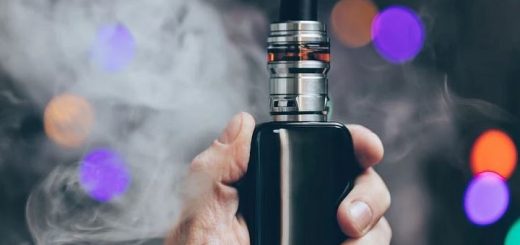What Constitutes a Successful Cleaning Maintenance Plan’s Essential Elements
An industrial setting must be kept clean to provide a safe and effective working environment. An efficient cleaning maintenance schedule lowers downtime, prevents accidents, and boosts productivity all around. The following are the main elements of such a plan:

Evaluation and Scheduling
Assessing the existing level of cleanliness and determining the areas that need care is the first step in developing a cleaning maintenance plan. This requires inspecting the facility, identifying high-traffic and high-risk locations, and understanding equipment and surface cleaning needs. Following the evaluation, a thorough cleaning schedule that specifies the frequency and cleaning techniques for every space should be created.
SOPs, or standard operating procedures
SOPs, or standard operating procedures, are crucial for guaranteeing consistency and excellence in cleaning operations. SOPs should specify how to clean each surface and equipment, suggested cleaning materials and tools, and safety considerations. The cleaning crew should have easy access to these recorded processes.
Accurate instruction
An efficient cleaning maintenance plan must include the right education and training for the cleaning crew. Staff are trained on cleaning procedures and safety, refresher courses on new products and processes, and PPE and hygiene are stressed. A well-trained workforce may greatly increase the cleaning process’ efficacy and efficiency.
Timetables for Cleaning
To constantly maintain cleanliness, a well-organized cleaning routine is essential. The schedule should specify daily, weekly, or monthly cleaning frequency, assign responsibilities to each cleaning team member, and provide checklists to verify chores are performed. Conducting regular audits is necessary to verify compliance with the timetable and implement any required modifications.
Control of Quality
To guarantee that the cleaning requirements are continuously fulfilled, quality control procedures are required. This includes frequent inspections and audits, a feedback mechanism for reporting difficulties, and benchmarks and performance indicators to evaluate the cleaning plan. Sustaining good cleaning standards requires constant observation and development.
Methods of Environmental Stewardship
Any current cleaning maintenance program should include sustainability. This entails using environmentally friendly cleaning supplies, putting waste reduction strategies into action, and making sure hazardous items are disposed of properly. Sustainable business strategies enhance worker health and safety in addition to helping the environment.
Procedures for Emergencies
Procedures for dealing with spills and contamination are examples of emergencies that should be included in a cleaning maintenance plan. This includes creating emergency response processes, educating workers, and providing emergency cleaning materials. Accidents may be avoided and downtime can be reduced with prompt and efficient emergency response.
These elements are essential for enterprises in certain areas, like Limpieza industrial en Valencia, to comply with regional laws and specifications.
Conclusion
An efficient cleaning and maintenance schedule is necessary to keep an industrial setting secure and productive. Businesses may guarantee a high quality of cleanliness by concentrating on the previously listed important factors. Putting into practice a thorough cleaning maintenance plan improves staff health and well-being while also increasing operational efficiency.



Commenti recenti